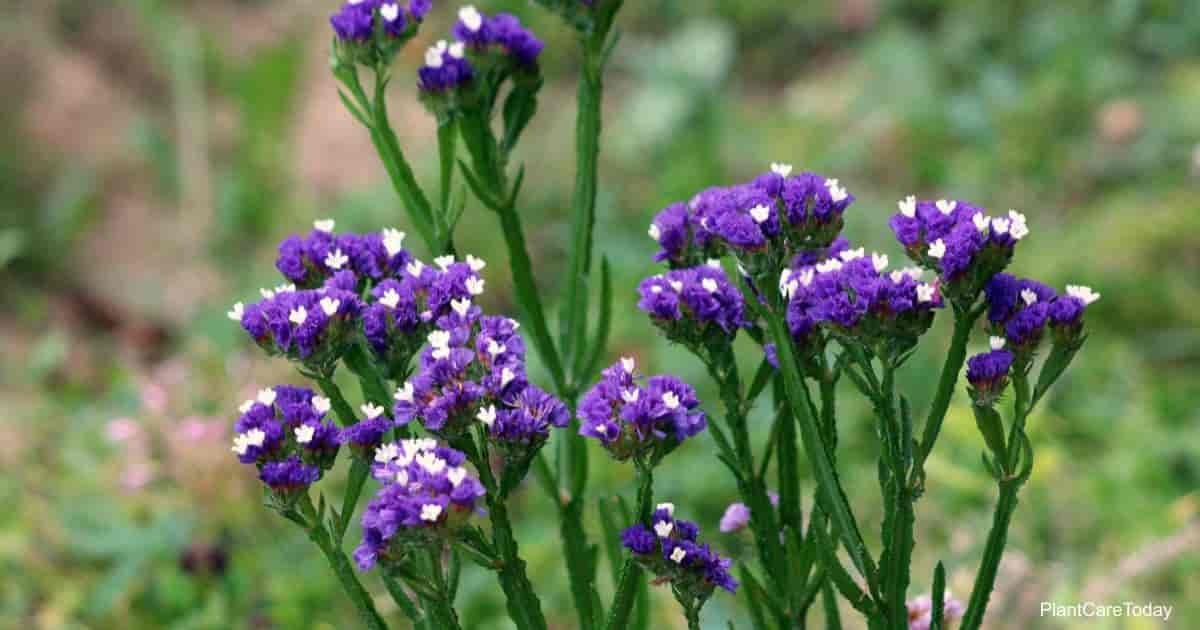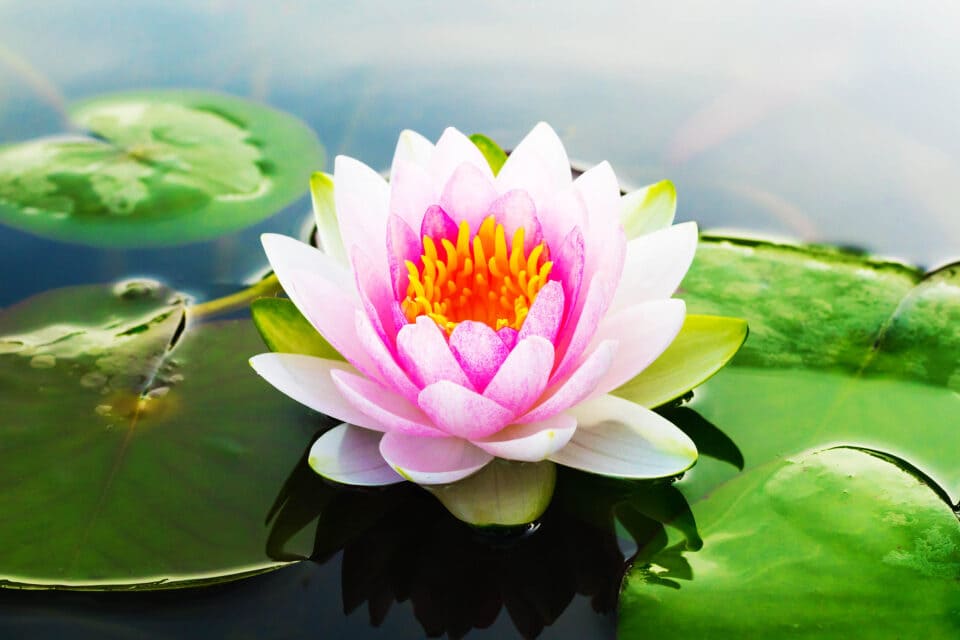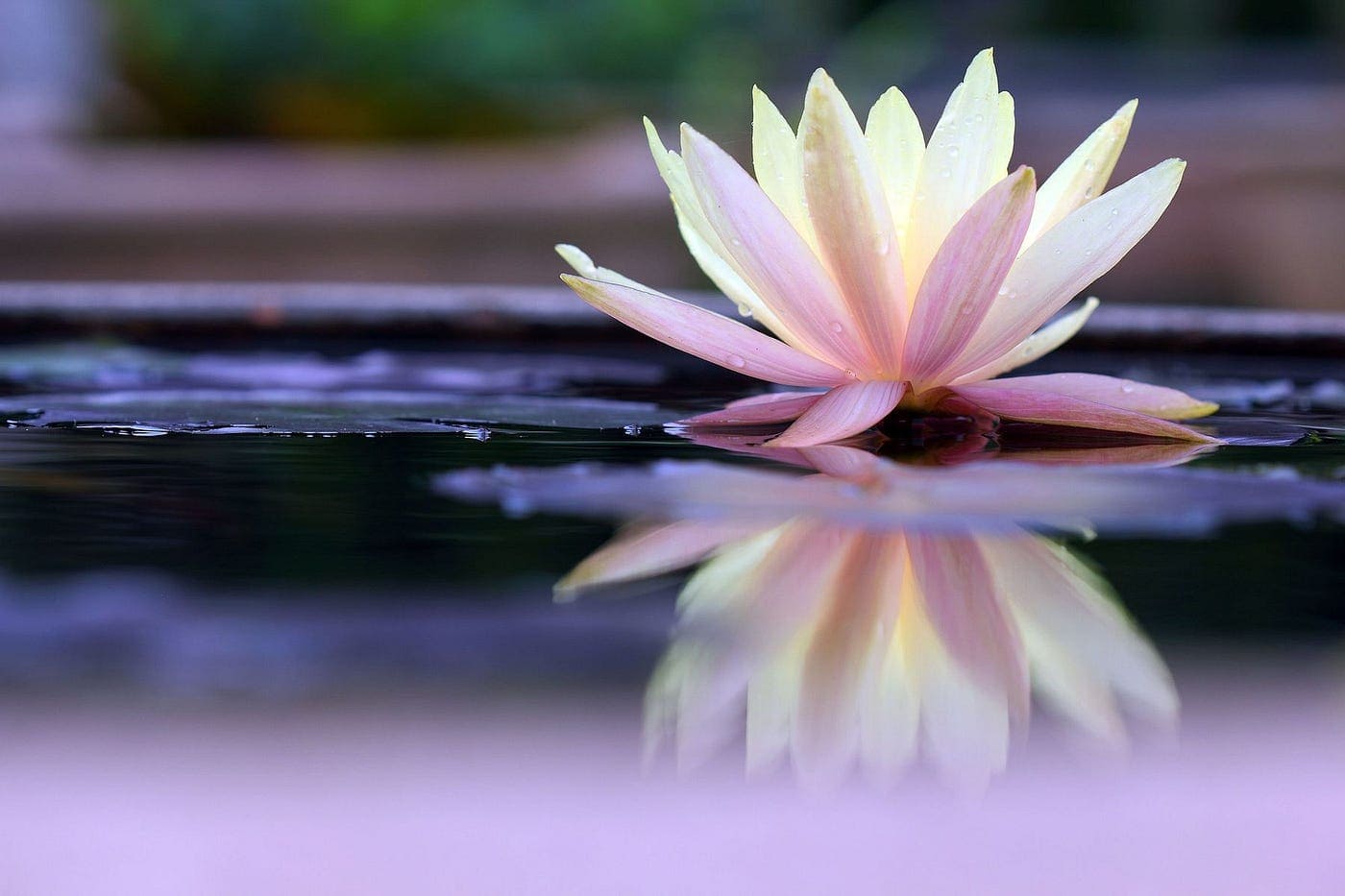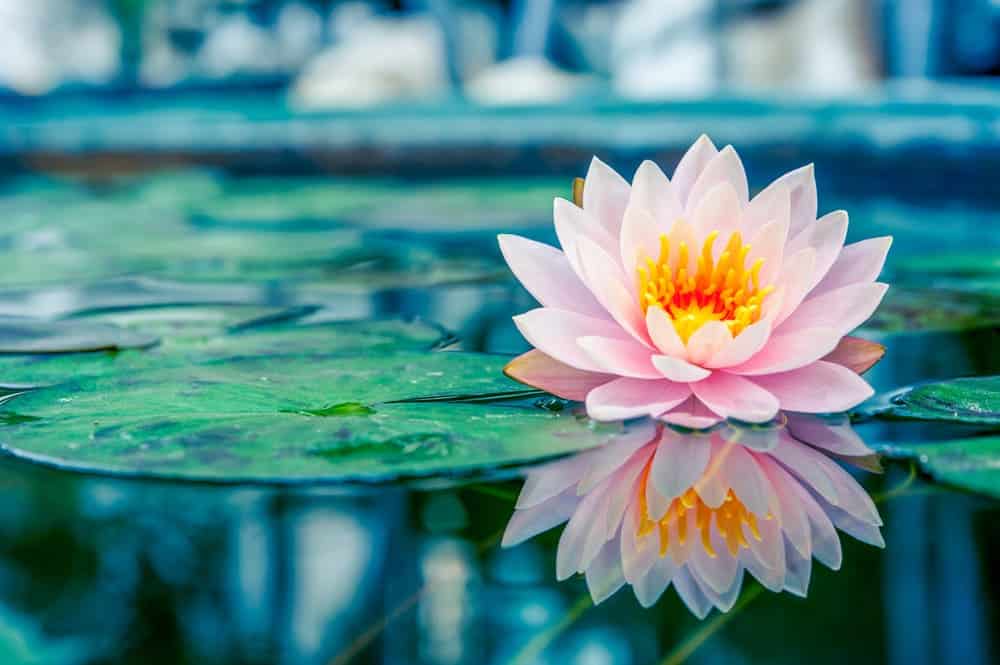Introduction to Statice
Statice, scientifically known as Limonium, is a vibrant and versatile flowering plant that has captivated gardeners, florists, and artists alike. Its distinctive appearance and numerous uses make it a popular choice for various purposes, from adding color to floral arrangements to symbolizing everlasting love and remembrance.
What is Statice?
Statice is a genus of flowering plants belonging to the Plumbaginaceae family. Native to regions such as Europe, Asia, and North America, Statice is characterized by its clusters of small, papery flowers that bloom in an array of colors including blue, purple, pink, and white.
Varieties of Statice
There are several species and cultivars of Statice, each with its unique characteristics and growing requirements. Common varieties include Limonium sinuatum, Limonium perezii, and Limonium latifolium, each prized for its distinct flower shape, color, and size.
Growing Conditions for Statice
Statice thrives in well-drained soil and prefers full sunlight. It is a hardy plant that can tolerate drought conditions once established. However, providing regular watering and occasional fertilization can promote healthy growth and abundant flowering.
Symbolism and Meaning of Statice
Statice holds significant symbolism in various cultures and traditions. Often associated with sentiments of sympathy, remembrance, and everlasting love, Statice is a popular choice for funeral arrangements and memorial services. Its long-lasting blooms and sturdy stems symbolize endurance, resilience, and unwavering devotion.
Uses of Statice
In Floral Arrangements
Statice is prized by florists for its versatility and longevity in arrangements. Its colorful blooms add texture and depth to bouquets, centerpieces, and wreaths. Whether used fresh or dried, Statice flowers retain their vibrant hues and delicate appearance, making them a popular choice for both formal and informal occasions.
Medicinal Uses
In addition to its ornamental value, Statice has been used for centuries in traditional medicine for its purported medicinal properties. Extracts from Statice plants have been used to treat various ailments such as sore throats, digestive issues, and respiratory problems. However, it is essential to consult with a healthcare professional before using Statice for medicinal purposes.
In Art and Crafts
Statice flowers are favored by artists and crafters for their beauty and versatility. Dried Statice blooms can be used to create stunning pressed flower arrangements, greeting cards, and decorative ornaments. Their delicate petals and intricate shapes inspire creativity and add a touch of natural elegance to any project.
Caring for Statice Plants
Planting Statice
When planting Statice, choose a location with well-drained soil and ample sunlight. Sow seeds directly into the ground or start with seedlings in containers, ensuring adequate spacing between plants to allow for proper air circulation and growth.
Watering and Fertilizing
Water Statice plants regularly, especially during dry periods, but avoid overwatering, as excessive moisture can lead to root rot. Apply a balanced fertilizer every few weeks during the growing season to promote healthy foliage and prolific flowering.
Pruning and Maintenance
Prune Statice plants regularly to remove spent blooms and encourage new growth. Deadheading faded flowers will prolong the blooming period and maintain the plant’s overall appearance. Additionally, monitor for signs of pests or diseases and take prompt action to prevent infestations and ensure the plant’s health.
Tips for Preserving Statice
To preserve Statice flowers for dried arrangements, harvest them when they are fully mature but still fresh. Hang the stems upside down in a warm, dry location with good air circulation, such as a shed or attic. Once dried, store the flowers in a cool, dark place away from direct sunlight to maintain their color and integrity for months to come.
Conclusion
In conclusion, Statice is a captivating plant with a rich history and diverse range of uses. Whether adorning floral bouquets, conveying heartfelt sentiments, or inspiring creative expression, Statice continues to enchant and inspire people around the world with its enduring beauty and symbolism.
FAQs
- Can Statice plants tolerate cold weather?
- Yes, Statice plants are relatively hardy and can tolerate cold temperatures, making them suitable for growing in a variety of climates.
- How often should I water my Statice plants?
- Water Statice plants regularly, especially during dry periods, but be careful not to overwater, as this can lead to root rot.
- Can I grow Statice indoors?
- While Statice plants prefer full sunlight, they can be grown indoors with sufficient light and proper care, such as regular watering and occasional fertilization.
- Do Statice flowers attract pollinators?
- Yes, Statice flowers are known to attract bees, butterflies, and other pollinators, making them a valuable addition to any garden or landscape.
- How long do dried Statice flowers last?
- Properly dried and stored Statice flowers can retain their color and shape for several months, making them an excellent choice for long-lasting floral arrangements and crafts.





